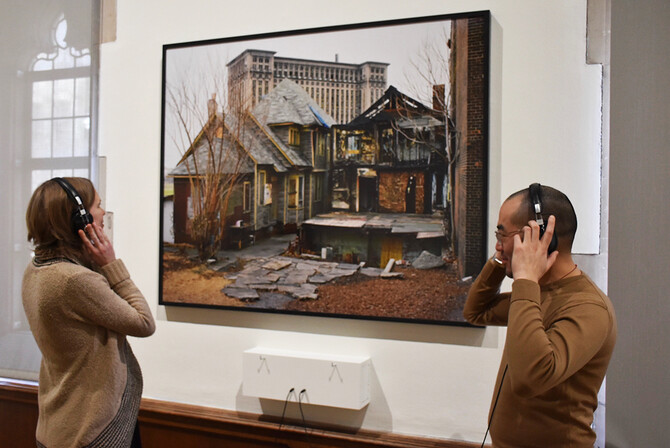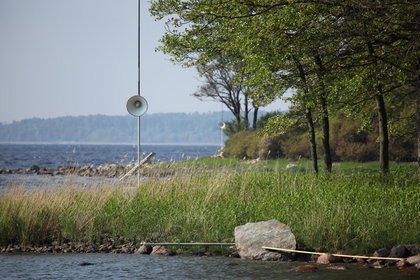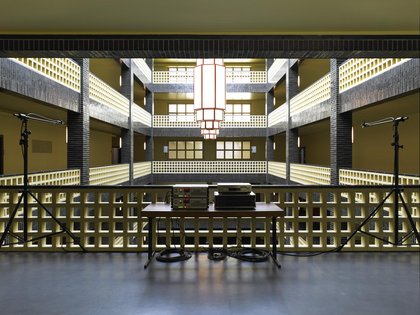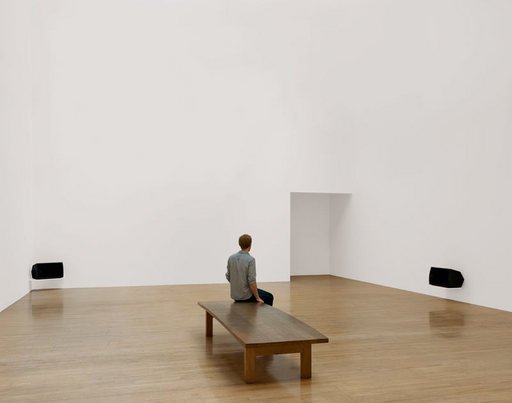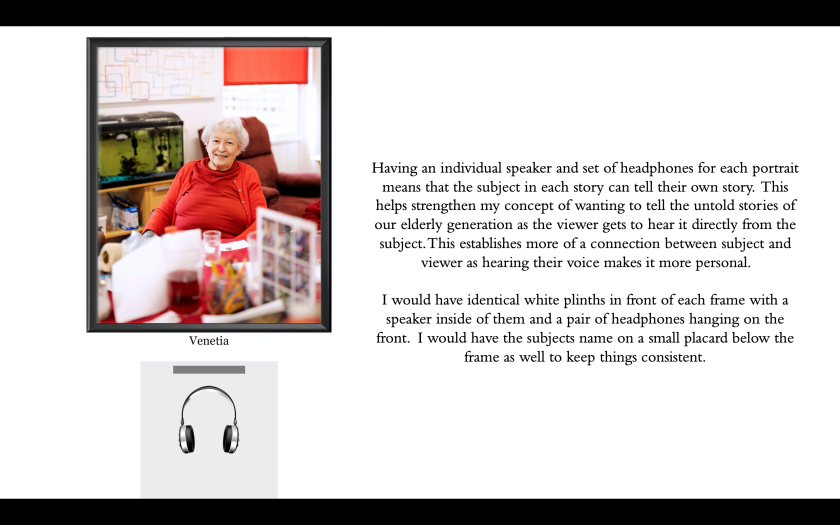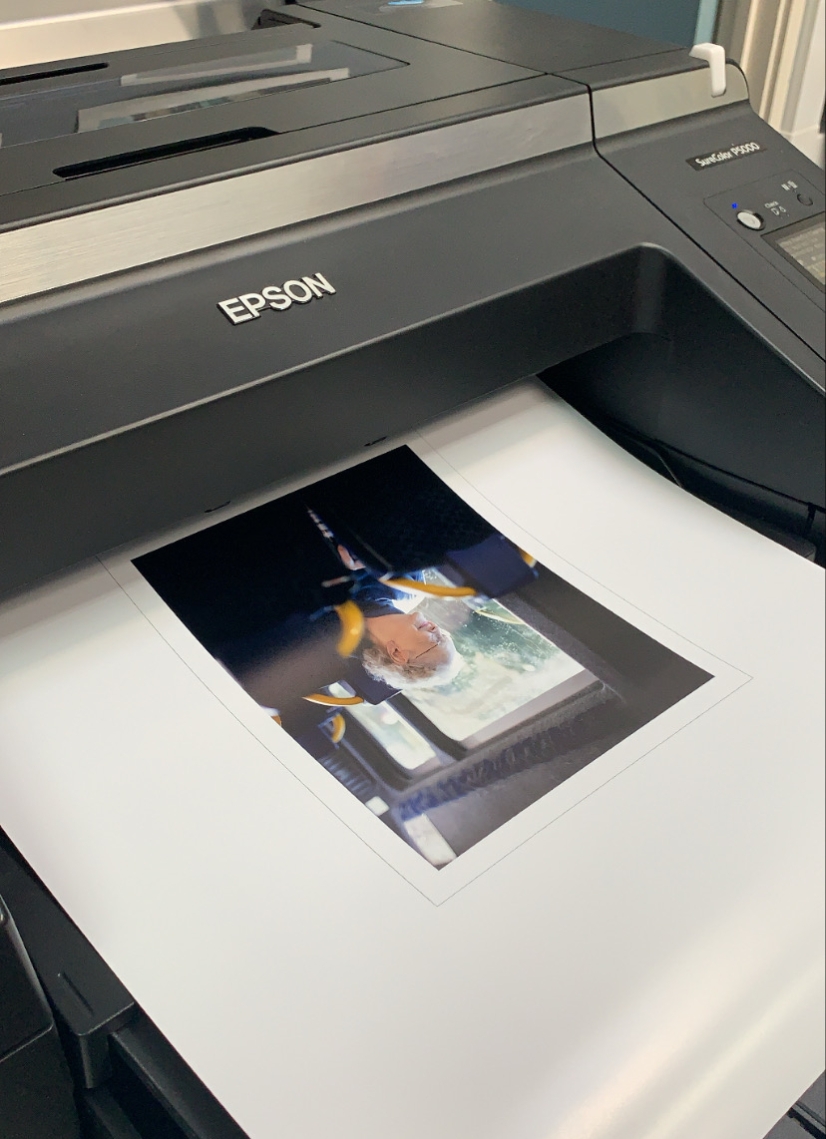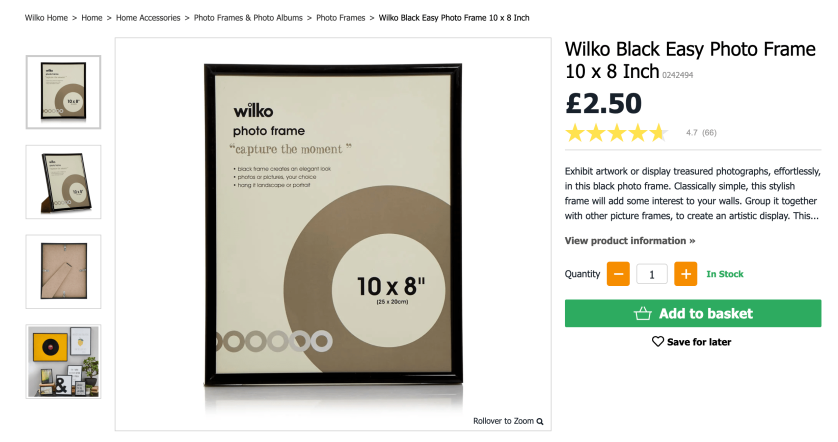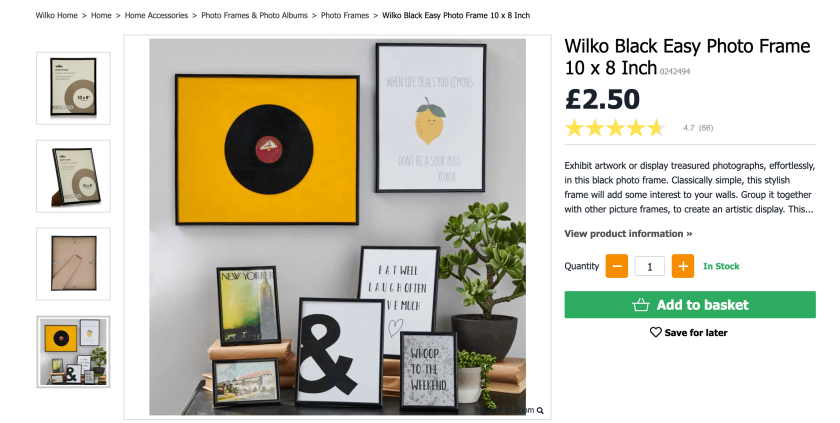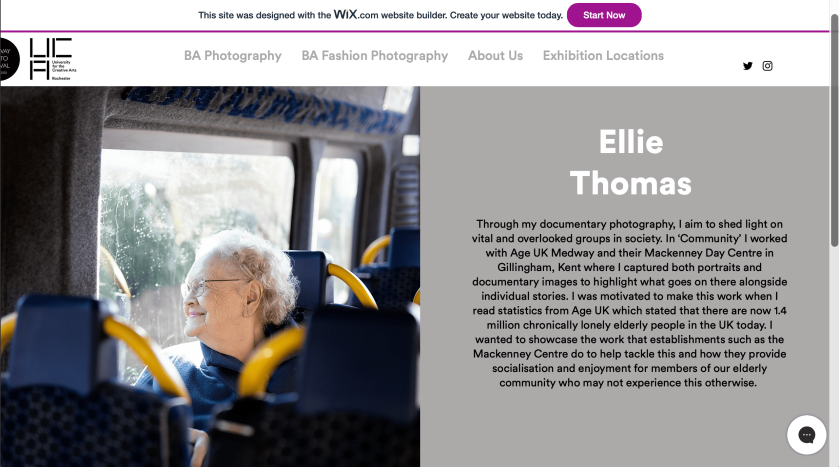Due to the Coronavirus, our exhibition was unable to go ahead. As I had already planned my layouts and printed my images I decided to create a small mock up of my exhibit in my room using a small space of plain white wall and my bedside table as a plinth. I felt that it would be good to see my prints on the wall and would help convey the way I intended to present them. The alexa speaker on the plinth is supposed to be my audio player and the head phones are supposed to be the headphones which would’ve been connected to the audio player. My plan was initially with thin, black frames but as the exhibition was cancelled I didn’t have the chance to purchase them so I just stuck my images unmounted/framed on the wall for a general idea of how they would have looked.


I used a spot light lamp which I had and I held it above my installation to try and mimic the spot lighting which surrounds the ceiling of the Halpern Gallery. Obviously it isn’t perfect as I was working with limited space and resources in my home but it was nice to see my prints in a similar fashion to how I wanted them to be displayed. The borders aren’t perfectly straight as I didn’t have a suitable guillotine to work with at home but the idea is still the same.
I laid out three copies of my book which accompanies the photo series as this is what I was going to do for the exhibition so people can read further into my concept and see more images and text from the series.

Overall, I am really pleased with the final layout I came up with for the exhibition, after seeing the images on the wall I am glad I chose to display them in a cyclical nature so it takes the viewer through a typical day at the Mackenney Centre. Family members in my household who came into my room to see it commented on this saying they liked the bookended start and end on the minibus which helps tell the story effectively. I am confident that if the exhibition went ahead I would have been very pleased with the final layout I chose.















